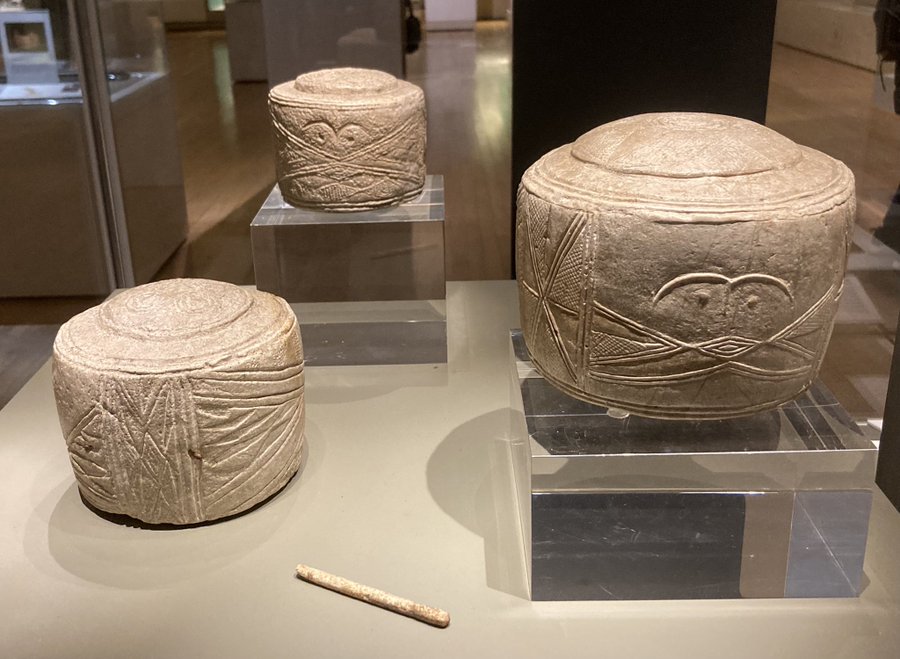the sense we have now began when Paleolithic hunter-gatherers started settling into Neolithic agricultural villages. And then at that point, there was a separate human space—it’s the village and the cultivated fields around it. Hunter-gatherers didn’t have that, they’re just wandering through “the wild,” “wilderness.” Of course, that idea would make no sense to them, because there’s no separation.
for - adjacency - paleolithic hunter-gatherer - to neolithic agricultural village - dawn of agriculture - village - cultivated fields around it - created a human space - the village - thus began the - great separation - Emergence Magazine - interview - An Ethics of Wild Mind - David Hinton
adjacency - between - paleolithic hunter-gatherer - to neolithic agricultural village - dawn of agriculture village - cultivated fields around it - settling down - birth of the human space - the village - thus began - the great separation - adjacency relationship - He connects two important ideas together, the transition from - always-moving, never settling down paleolithic hunter-gatherer to - settled-down neolithic agricultural farmers - The key connection is that this transition from moving around and mobile to stationary is the beginning of our separation from nature - John Ikerd talks about the same thing in his article on the "three great separations". He identifies agriculture as the first of three major cultural separation events that led to our modern form of alienation - The development of a human place had humble beginnings but today, these places are "human-made worlds" that are foreign to any other species. - The act of settling down in one fixed space gave us a place we can continually build upon, accrue and most importantly, begin and continue timebinding - After all, a library is a fixed place, it doesn't move. It would be very difficult to maintain were it always moving.
to - article - In These Times - The Three “Great Separations” that Unravelled Our Connection to Earth and Each Other - John Ikerd - https://hyp.is/CEzS6Bd_Ee6l6KswKZEGkw/inthesetimes.com/article/industrial-agricultural-revolution-planet-earth-david-korten - timebinding - Alfred Korzyski
